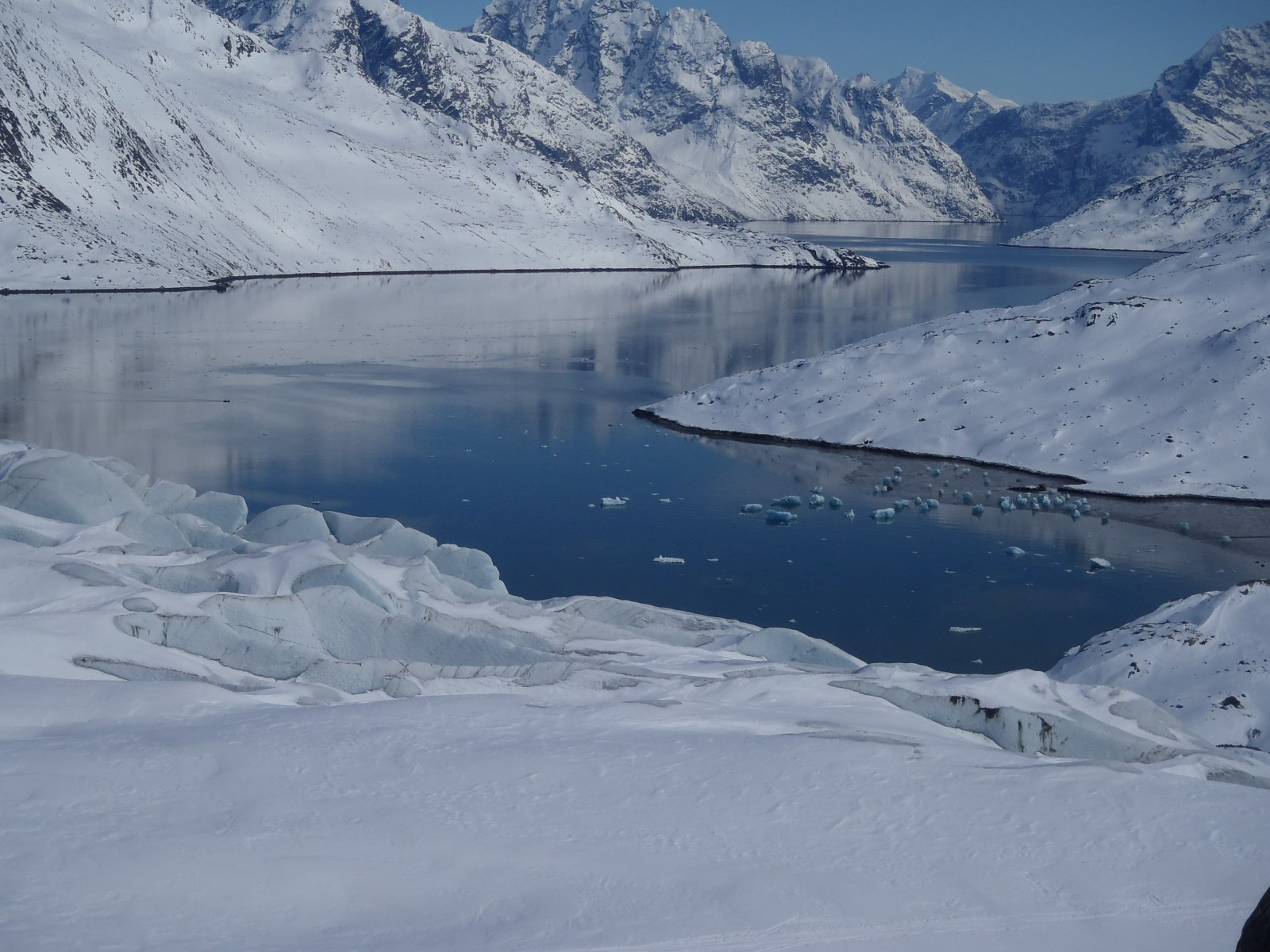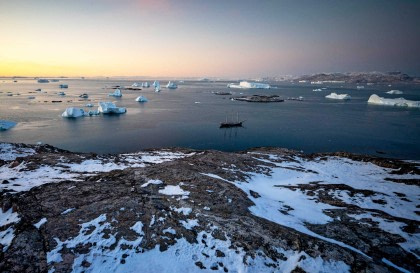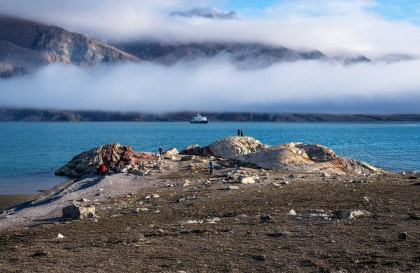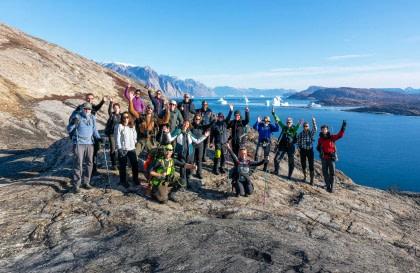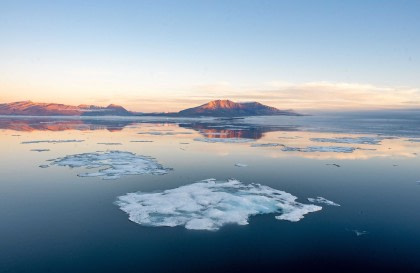How and when did Greenland become covered in ice?
Although it may be difficult to believe, there was a time when Greenland was primarily covered in the green within its name as opposed to ice. People who go on a Greenland expedition are now treated with views of the Greenland ice sheet and the marine life that exists in this area, including seals and whales. Polar bears also have a big presence in the northern and eastern portions of Greenland. These creatures have adapted to fit into their environment, but they would not have found the massive island very welcoming a few million years ago.
When did the transition in Greenland happen?
Scientists studied Greenland for decades before a research team finally found some answers regarding its unique, mostly ice-covered topography. According to the latest findings, the transition from actual green land to a large mass covered in ice began approximately 3 million years ago. At that time, there were probably some areas of Greenland that were covered in ice, but it is believed that there was nothing as large or thick as the Greenland ice sheet. Additionally, the vast majority of the island would have been ice-free.
How did the ice form?
In 2008, a group of scientists from the University of Leeds and the University of Bristol combined forces to take a closer look than ever before at the puzzle of the Greenland ice sheet. During their research, they came to the conclusion that the formation of ice on top of the island had to have been caused by unusual changes within the area’s atmospheric carbon dioxide. Changes of this nature can cause a big difference in the climate of the afflicted region, so it is no wonder that a decline of atmospheric carbon dioxide could have caused the Greenland ice sheet to begin forming.
How does this science work?
Essentially, atmospheric models throughout the history of the world indicate that Greenland used to contain high levels of carbon dioxide. During this time period, it is believed that Greenland was covered in forests and grass. However, as the atmospheric carbon dioxide began to drop, it created a colder climate that eventually caused a thick layer of ice to form.
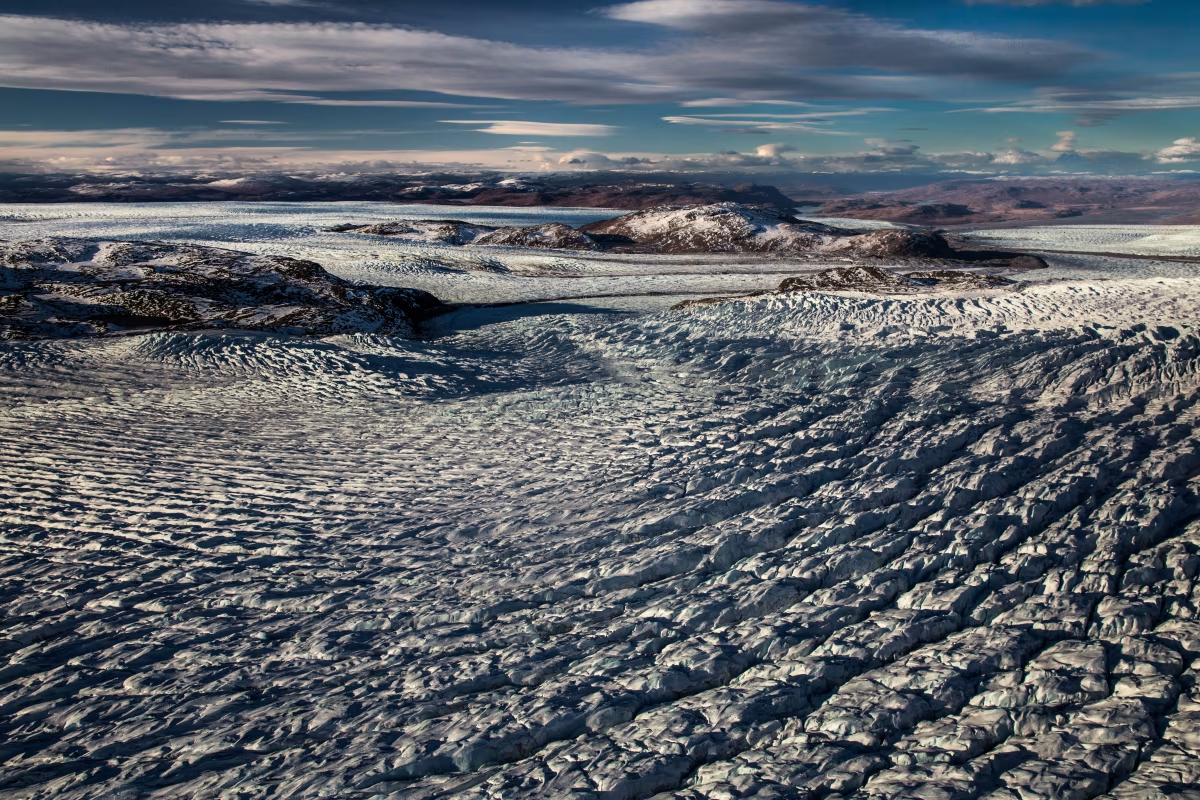
Picture by Mads Pihl - Visit Greenland
What indicators prove this theory?
One of the prime indicators that this event happened within the last 3 million years can be found within evidence located on the bottom of the ocean. Researchers stated that the amount of debris and rock that was being deposited onto the portion of the ocean’s floor near Greenland began to increase significantly approximately 3 million years ago. This is important because icebergs are the primary transportation source for matter of this type. In other words, the icebergs did not begin to form until this time, and this helps scientists determine when the climate conditions would have been suitable for the ice sheet to begin coming into existence.
The deep freeze: how the Greenland ice sheet changed life
Greenland’s former state made it a suitable location for many types of life that live in primarily warmer climates. Of course, when the deep freeze came that formed the Greenland ice sheet, this dramatically changed the type of life that was able to sustain itself on the island. It is believed that humans did not arrive in Greenland from Alaska and Canada until some 5-6000 years ago. Well after the deep freeze began.
Ultimately, the Greenland ice sheet made the island inhospitable to many forms of life. The Inuit people are uniquely suited to cold climates due to their particular evolutionary path, but areas such as Greenland would have been very difficult for other early settlers to have comfortably inhabited. Additionally, many common land mammals such as squirrels and raccoons would have had the same difficulties. Other animals evolved to take their place, including musk oxen and polar bears. This helps highlight the fact that the diverse climate range of the earth is important for sustaining a wide variety of life, and it also gives Arctic expedition participants a great opportunity to experience something different.
